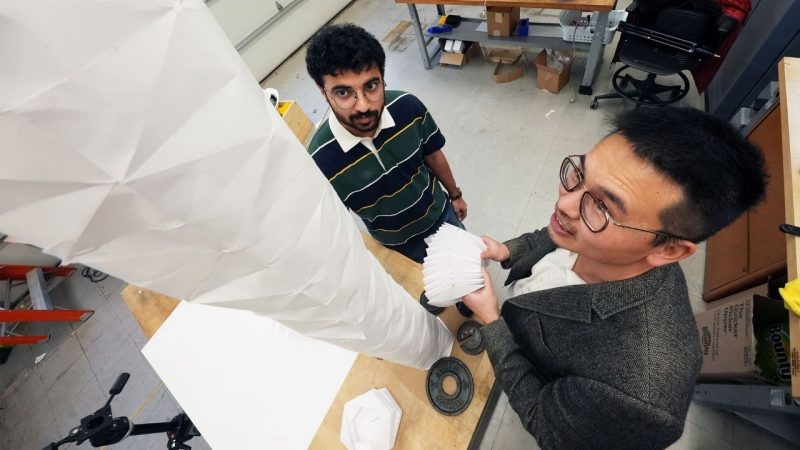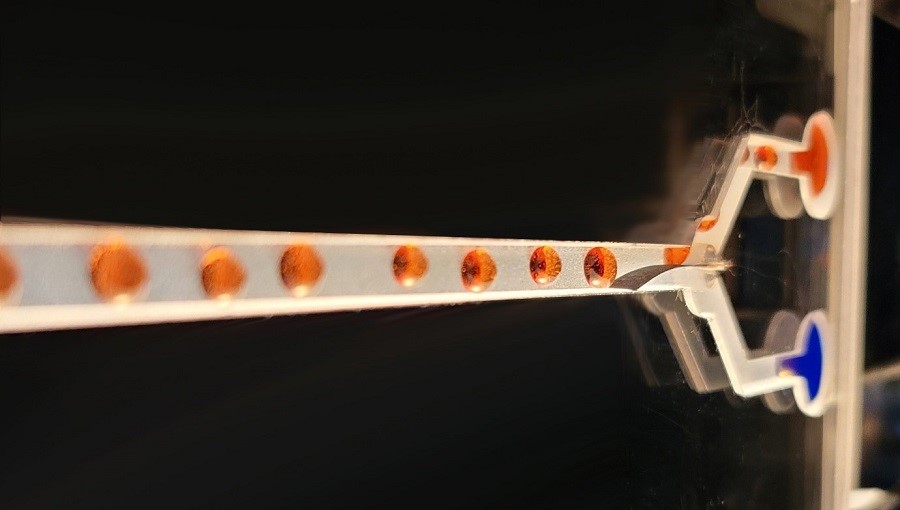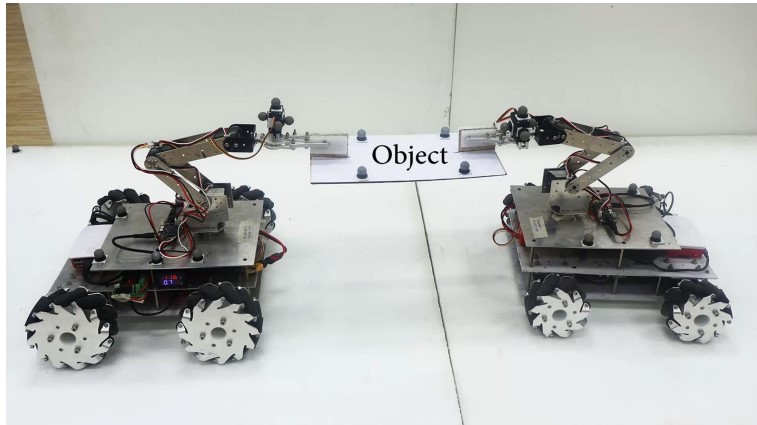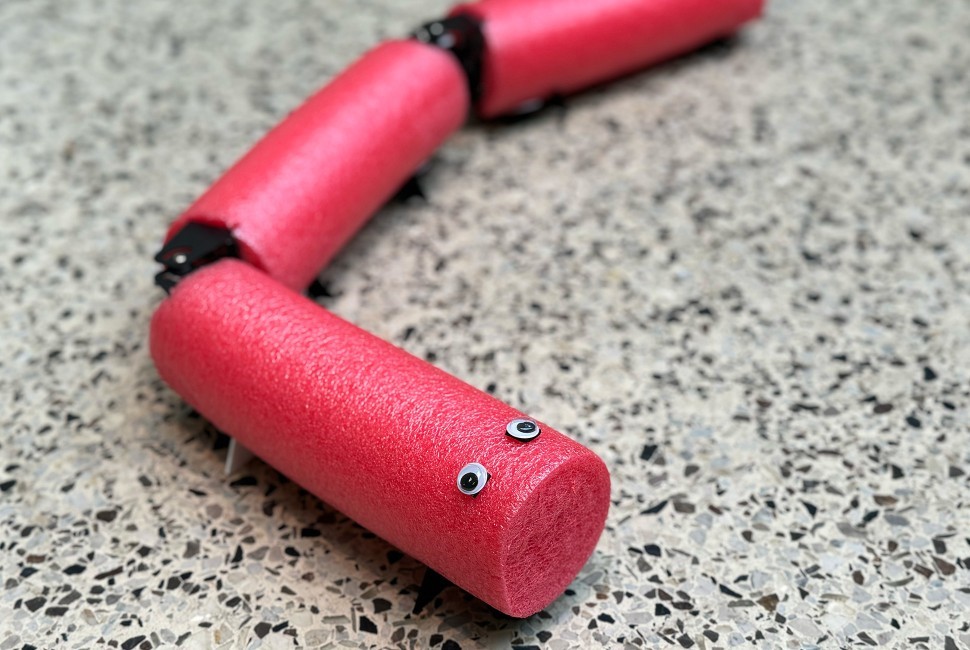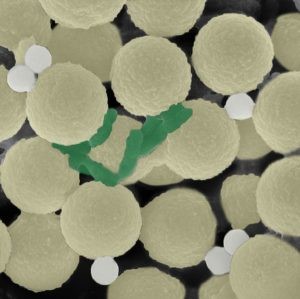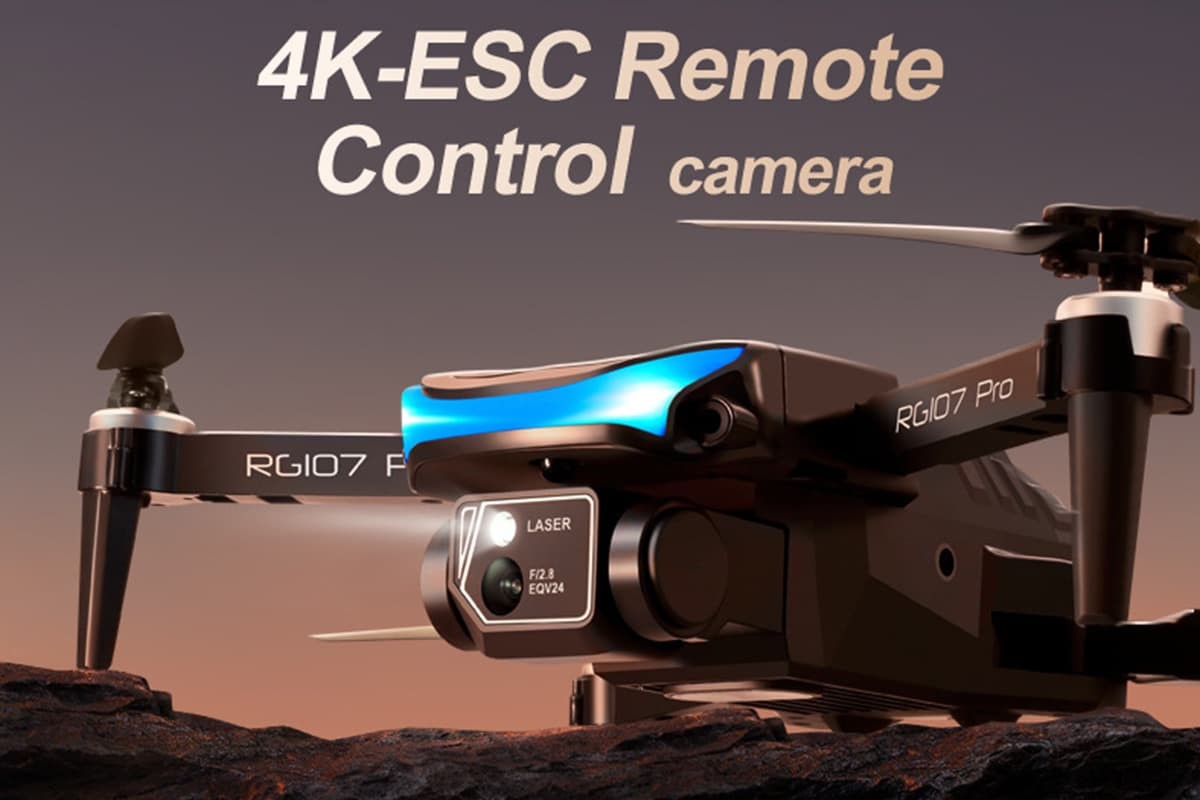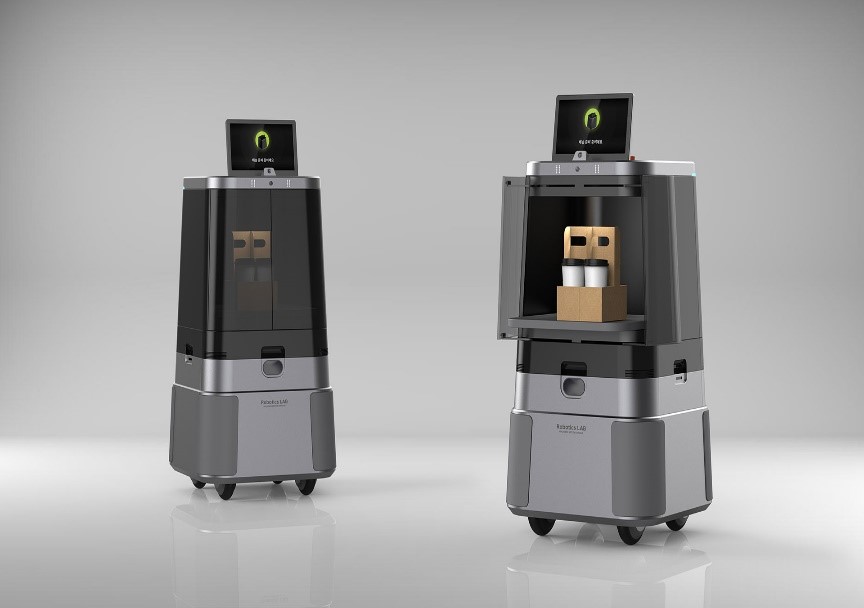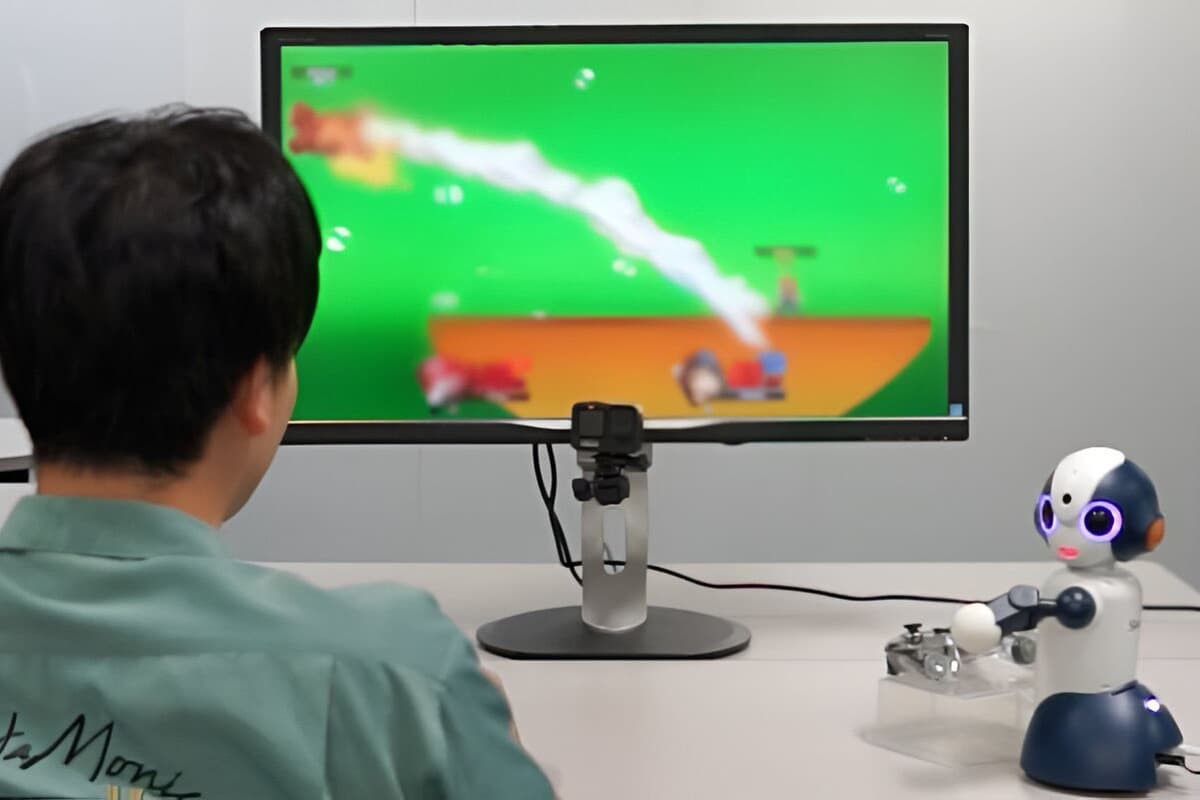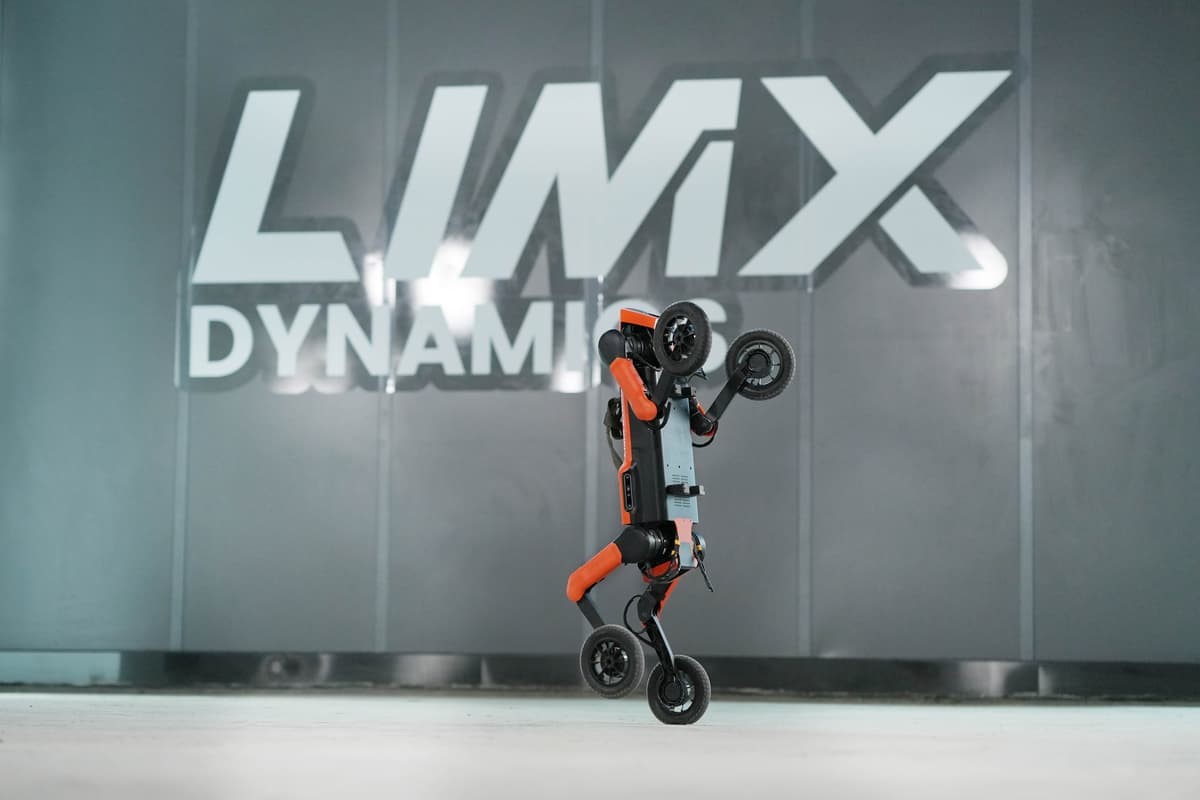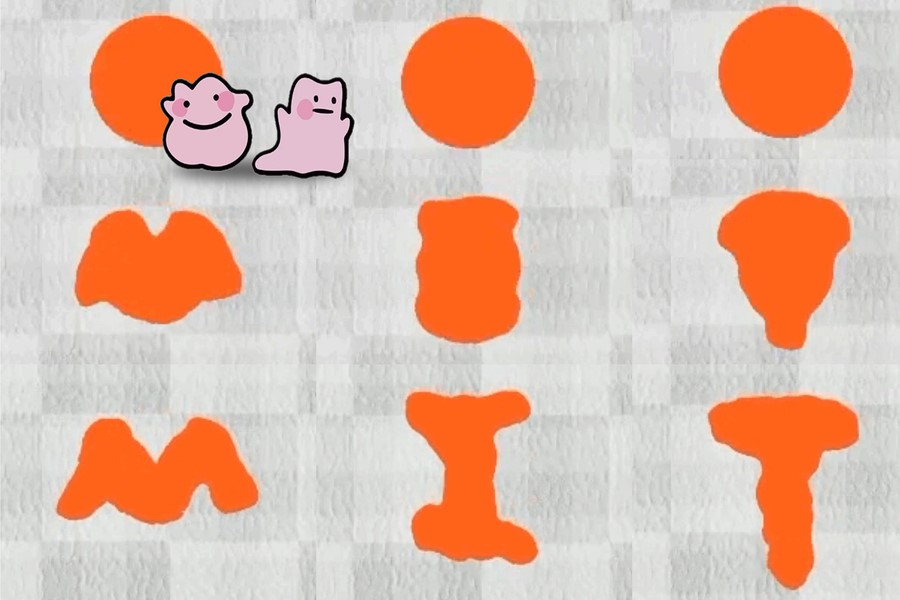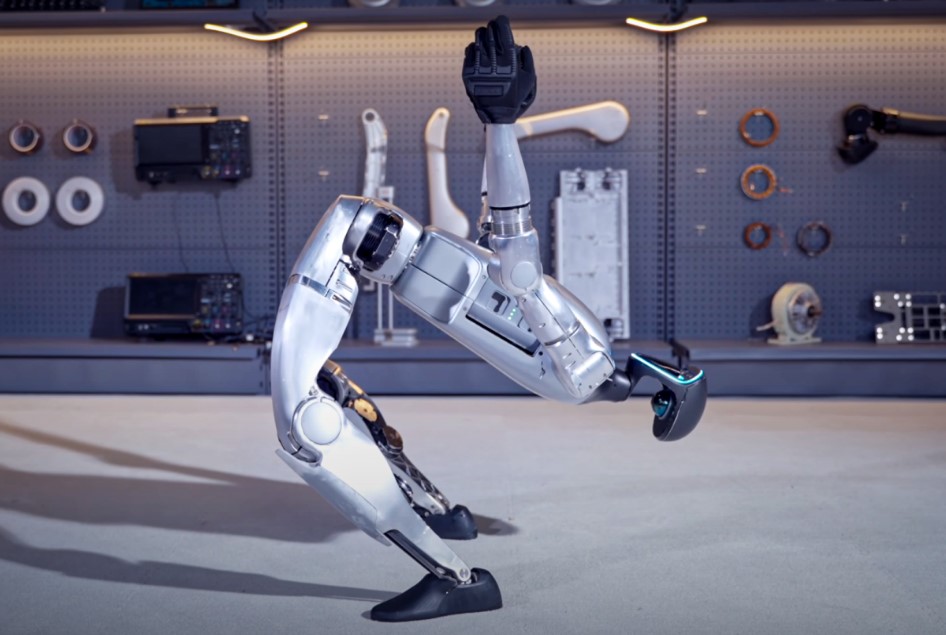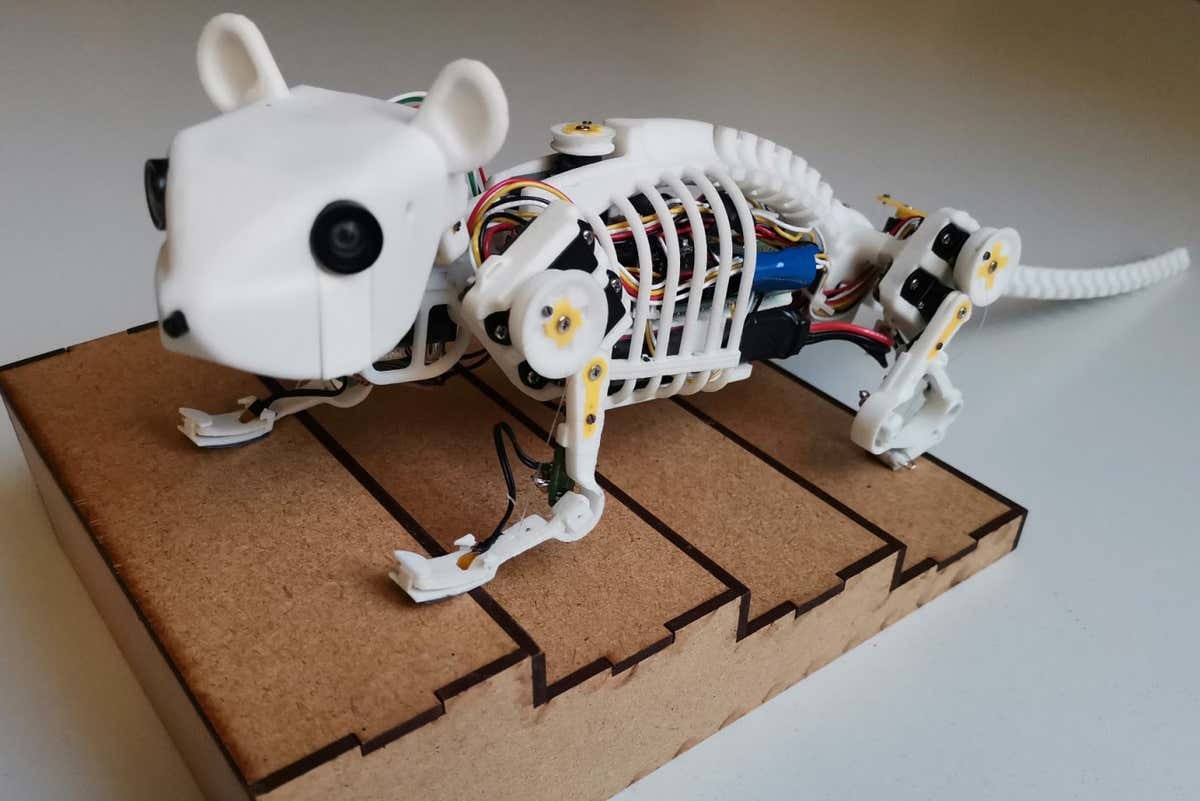Revolutionizing Robotics with Stretchy Electronic Skin
Researchers at The University of Texas at Austin have developed a groundbreaking stretchable electronic skin that could equip robots and devices with the same softness and touch sensitivity as human skin, opening up new possibilities for precise tasks. Unlike existing e-skin technology, which loses sensing accuracy as it stretches, this new version maintains its pressure response regardless of how much it is stretched, marking a significant advancement.
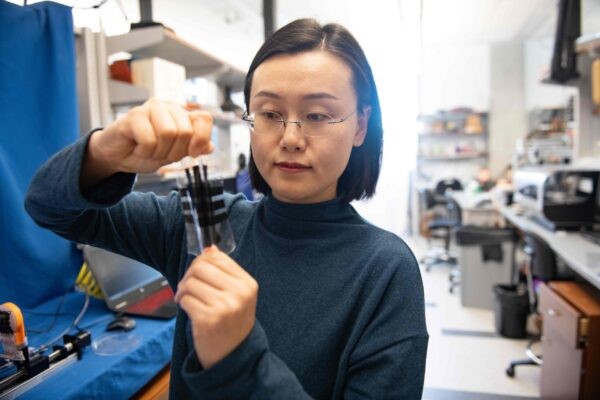
Figure 1. Professor Nanshu Lu. (Credit: University of Texas at Austin)
Figure 1 shows aerospace engineering professor Nanshu Lu with the stretchable e-skin she created [1]. Professor Nanshu Lu, leading the project at the Cockrell School of Engineering's Department of Aerospace Engineering and Engineering Mechanics, compares the functionality of the stretchable e-skin to human skin, emphasizing its ability to accommodate movements without sacrificing sensing accuracy. This breakthrough, detailed in a recent publication in Matter, could pave the way for robot hands capable of mimicking the softness and sensitivity of human hands.
Lu envisions various applications for this technology, particularly in fields like medical care, where robots could assist with tasks such as checking a patient's pulse or providing massages. With the global population aging and the demand for caregivers surpassing availability, the integration of robots into healthcare could alleviate the strain on the medical system.
In addition to medical care, these human-caring robots could play crucial roles in disaster scenarios, such as earthquake response efforts, where they could locate and provide immediate care to injured individuals [2]. The stretchable e-skin's ability to sense pressure accurately, even when stretched, ensures precise interactions between robots and their environment.
The key to this innovation lies in the development of a hybrid response pressure sensor, combining capacitive and resistive elements to maintain sensing accuracy under stretching. Collaborations are underway to integrate this technology into robotic arms, with a provisional patent application already filed. Lu is open to partnerships with robotics companies to commercialize this transformative technology, which has the potential to revolutionize various industries.
Source: University of Texas at Austin
References:
- https://www.sciencedaily.com/releases/2024/05/240503111943.htm
- https://www.youtube.com/watch?v=t1VTo8d4fcs
Cite this article:
Hana M (2024), Revolutionizing Robotics with Stretchy Electronic Skin, AnaTechMaz, pp. 21


